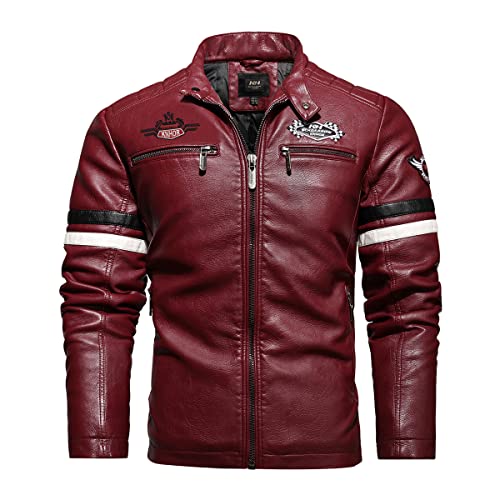TheAxeman
Well-known member
I installed a Blue Sea fuse block today under the seat and just had a couple of questions....
Is a 30 amp fuse appropriate to use as the main fuse off the battery?
How do I determine fuse sizes for various farkles? (Sirius radio, passport detector, powerlet, starcom)
What gauge wiring should I run to the powerlet socket?
Is a 14 gauge wire ok to run from the relay to a switched source?
Is a 30 amp fuse appropriate to use as the main fuse off the battery?
How do I determine fuse sizes for various farkles? (Sirius radio, passport detector, powerlet, starcom)
What gauge wiring should I run to the powerlet socket?
Is a 14 gauge wire ok to run from the relay to a switched source?























